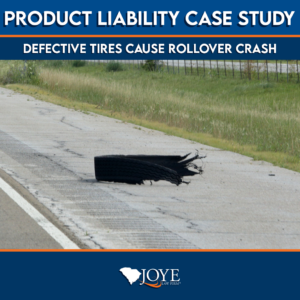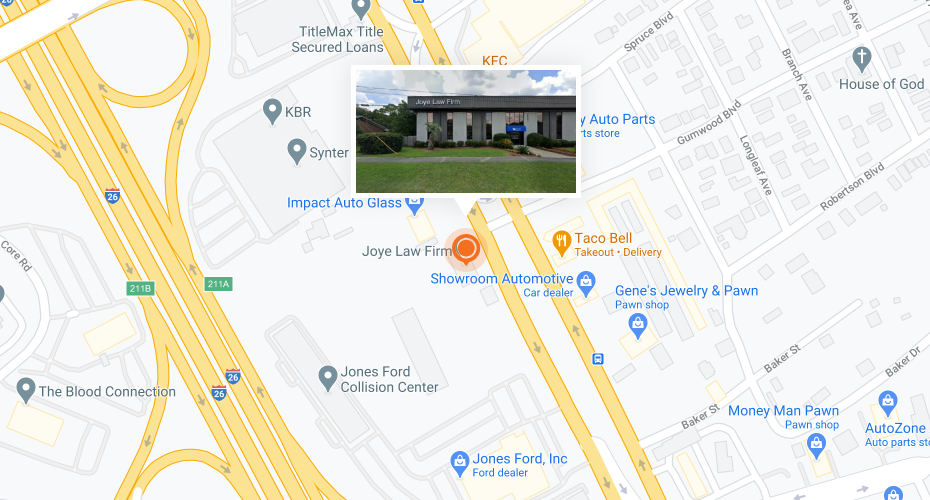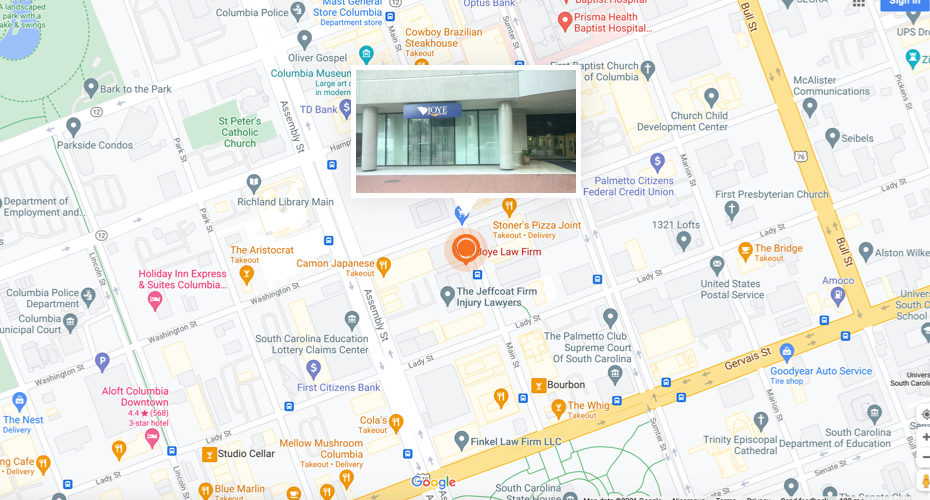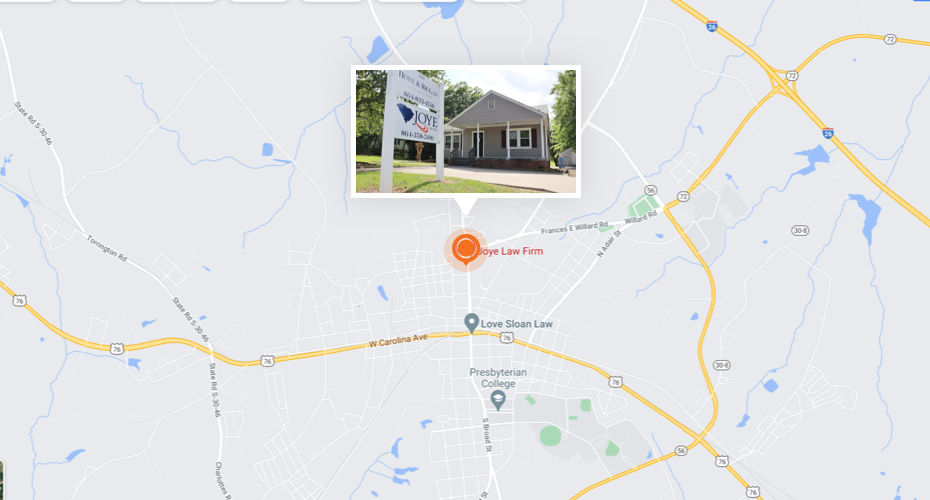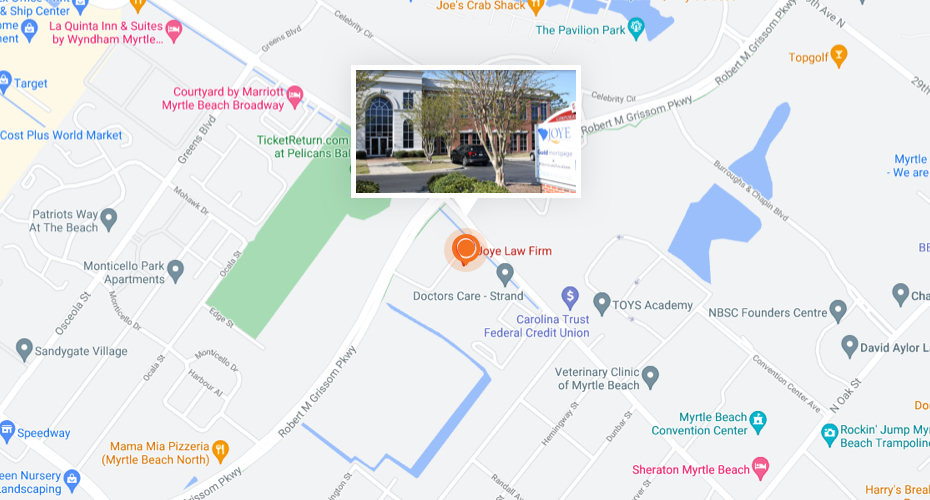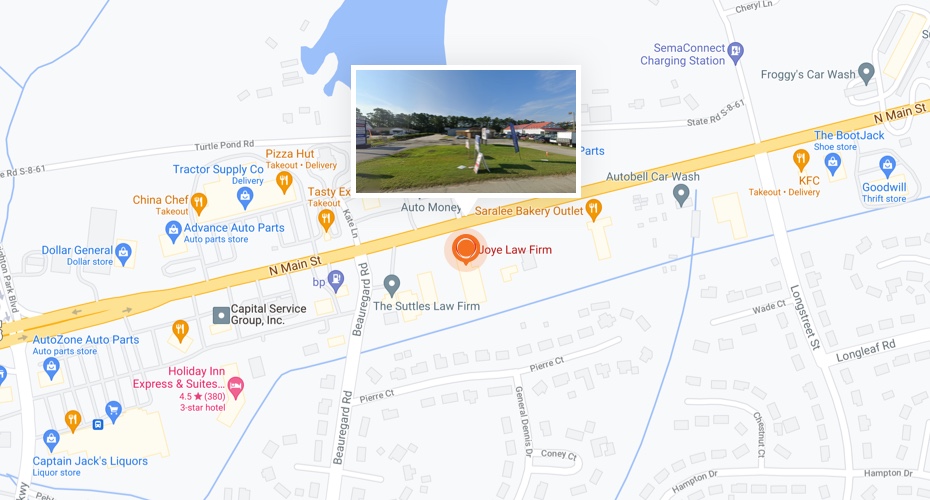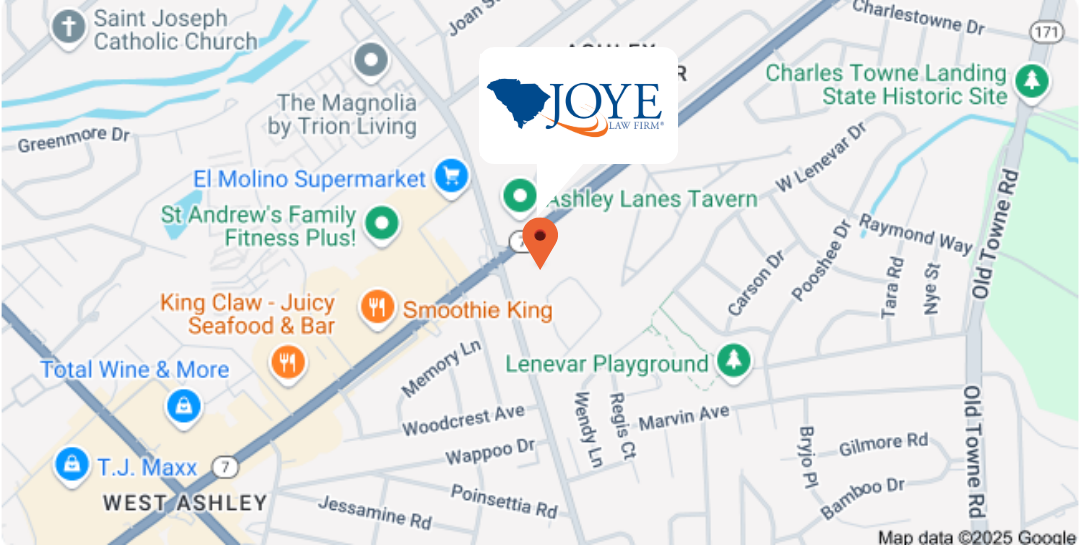
Tires are the only point of contact between your vehicle and the road, making their reliability critical for your safety.
When a tire is manufactured or installed with a defect, the risks of a serious accident escalate quickly, often with little warning. From sudden blowouts to loss of control, car accidents caused by defective tires are unexpected and often catastrophic.
Understanding the role a defective part plays in accidents is beneficial for anyone who has experienced a tire-related crash. If you suspect a defective tire caused or worsened your crash, it’s important to have an experienced personal injury lawyer evaluate your case. Our firm has firsthand experience dealing with these types of crashes.
We represented the family of a young man who was killed in a crash caused by a bad tire. The “new” tire that was installed on the vehicle by a tire shop was actually dangerously old and deteriorating. The same day the tire was installed, it de-treaded causing a deadly rollover accident.
We also helped a client when her journey to Miami turned tragic when defective Firestone tires on her Mazda Navajo caused a rollover accident on I-95, leaving her with fractured cervical vertebrae and a lifetime of medical challenges. With the help of Joye Law Firm and firm partner Mark Joye, she secured a significant settlement, marking one of the two largest settlements among the Firestone cases filed in South Carolina.
Defective tire cases are complex, but we have the knowledge and resources to investigate thoroughly and hold negligent manufacturers or installers accountable. Contact us today for a free consultation and take the first step toward securing the compensation and justice you deserve.
Common Tire Defects Leading to Accidents
Defective tires create serious hazards for drivers, often without warning. These issues range from structural weaknesses to design flaws, and each defect brings risks. Recognizing these common problems helps drivers recognize potential dangers before accidents occur.
Tread separation
When the tread separates from the tire, it throws off the vehicle’s balance, causing sudden handling issues. This defect often leads to a total loss of control, especially at higher speeds, and can make it impossible to navigate the road safely.
Blowouts
Blowouts occur when a tire suddenly bursts, leaving the driver struggling to maintain control. Blowouts frequently happen at high speeds, which increases the likelihood of a crash. The immediate loss of air pressure also makes it difficult to brake or steer properly.
Sidewall defects
Cracks, bubbles, or other sidewall weaknesses are another common defect. These issues often lead to tire failure under sharp turns, heavy loads, or rough terrain. Even a tiny defect in the sidewall compromises the tire’s strength and durability.
Manufacturing errors
Errors during the tire’s production process, such as poor material choices or improper assembly, introduce unseen risks. These defects remain hidden until the tire is pushed to its limits, whether during a long-distance driving or harsh weather conditions, making them particularly dangerous.
Design flaws
Some tires are designed poorly. Whether due to improper material selection or flawed tread patterns, these tires wear out quickly or underperform. Drivers relying on them for traction, braking, or durability may find themselves in dangerous situations when the tire doesn’t deliver.
Each defect poses unique dangers, but the result is the same—reduced control and an increased risk of accidents. Staying informed about potential tire issues helps drivers protect themselves and act if they suspect their tires are compromised.
How Defective Tires Cause Accidents
Defective tires directly affect vehicle performance, creating dangerous conditions that lead to accidents. When a tire fails, control over the vehicle drops sharply, and the likelihood of a crash rises.
Loss of control
A defective tire often causes a sudden loss of control. Tread separation and blowouts throw off the vehicle’s balance, making it hard to steer, especially at high speeds. Drivers can experience swerving, fishtailing, or even rolling over as the vehicle veers unpredictably.
Skidding and hydroplaning
Defective tires with poor tread design or wear struggle to grip the road. These tires fail to channel water away on wet surfaces, leading to hydroplaning. When a vehicle hydroplanes, it slides uncontrollably across the road, making braking and steering ineffective.
Increased stopping distance
Tires with weak or damaged tread don’t generate enough friction to stop quickly. In an emergency, this increased stopping distance may mean the difference between avoiding an accident and crashing into another vehicle or obstacle.
Rollovers
Large vehicles like SUVs are more likely to roll over when a defective tire fails. A blowout or sidewall collapse shifts the vehicle’s center of gravity, tipping it over during sharp turns or evasive maneuvers.
Each of these situations reduces a driver’s ability to avoid a crash. Defective tires can fail without warning, creating sudden and unpredictable situations that leave drivers with little control and often result in dangerous and unavoidable outcomes.

